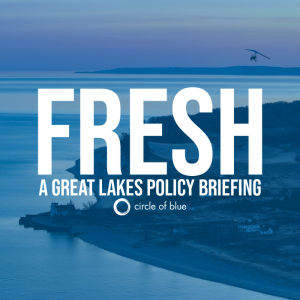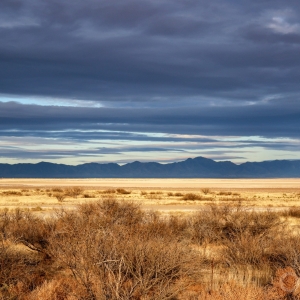Cholera has broken out in more than two dozen countries, causing a vaccine shortage that is challenging global health organizations. The body that coordinates the distribution of cholera vaccines said it will now use a single dose instead of the typical two-shot regimen. Restricting patients to a single shot will reduce the vaccine’s effectiveness in children. But the strategy allows for more vaccines to go around. The World Health Organization says that cholera cases have been recorded in 29 countries this year – almost 50% more than the typical number of countries affected. There have been severe outbreaks in Haiti, Malawi, and Syria. Cholera is caused by a waterborne pathogen, and outbreaks of the bacterial disease occur due to a lack of clean water and sanitation. The illness causes diarrhea, vomiting, and dehydration that can be deadly unless a sick person has access to adequate clean water. Health experts worry that outbreaks may occur more frequently in a warming world with more people displaced because of conflict and disaster.
One such recent disaster occurred in Pakistan, where about one-third of the country and much of its farmland was submerged by severe monsoon flooding. As the waters recede there has been a surge in childhood hunger and malnutrition. UNICEF reports that in the two provinces worst hit, one in nine children showed signs of severe malnutrition. This means that children are too thin for their height and are vulnerable to disease. Based on health clinic numbers, UNICEF estimates that 1.6 million children in the provinces of Sindh and Balochistan could be severely malnourished. Abdullah Fadil, the UNICEF representative in Pakistan, said “We cannot sound this alarm loudly enough. We are facing a nutrition emergency that is threatening the lives of millions of children.” Aid agencies are distributing food and clean water, but their appeal for emergency assistance is only 13 percent funded.
In South Africa, reservoir levels are declining and the leading water utility is restricting water in the country’s most populated province. Gauteng is home to about a quarter of South Africa’s people, including its largest city, Johannesburg. Rand Water serves Gauteng and three neighboring provinces, and it announced a 30 percent cut in water deliveries, according to Engineering News. The restrictions are partly due to shrinking reservoirs during a period of hot, dry weather. But failing infrastructure is also to blame. Water distribution pipes are old and brittle. By some estimates 40 percent of their flow is lost to leaks or theft. The CEO of Rand Water addressed the problem at a media briefing. Sipho Mosai told reporters that customers need to conserve in case of a longer drought. He said “The water we have will not last until next season.”
And that’s “
What’s
Up With
Water” from Circle of Blue, where
water speaks. More
water news and analysis await you at
circleofblue.org. This is Eileen Wray-McCann – thanks for being here.





